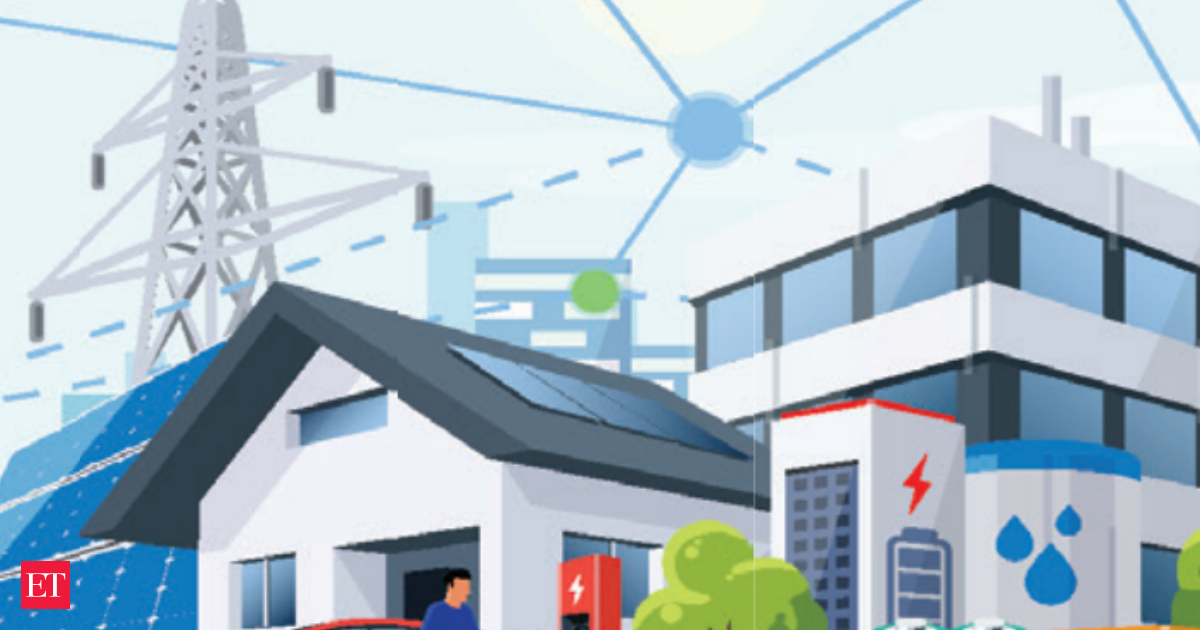Key Takeaways
- A key subsidy for India’s renewable energy sector has ended, introducing costs for power transmission.
- New transmission charges may raise energy tariffs by up to 16%, complicating power purchase agreements.
- States are likely to localize green energy production in response to increased transmission costs.
End of Key Subsidy Strains India’s Renewable Energy Sector
India’s renewable energy industry has faced a significant setback with the termination of a key subsidy, which previously supported the sector’s rapid growth. As of Tuesday, solar and wind power projects launched after June will incur a 25% charge for transmitting power between states, a decision outlined by the federal power regulator. This change comes despite extensive lobbying from industry leaders for an extension of the subsidy.
Subrahmanyam Pulipaka, CEO of the National Solar Energy Federation of India, emphasized that this price hike could hinder the ability to secure power purchase agreements, particularly for already auctioned projects. The introduction of these transmission costs is projected to increase tariffs by approximately 0.4 rupees per kilowatt-hour, amounting to a 16% rise compared to the lowest prices achieved during fiscal year 2025.
The renewable energy sector is already navigating a challenging landscape marked by high power prices and a lull in demand, leaving around 30 gigawatts of upcoming capacity without long-term distribution agreements. This downturn threatens India’s ambitious target of reaching 500 gigawatts of clean energy installations by 2030.
In light of the increased costs, there is a likelihood of moving toward greater localization of green energy production. The previous trend of concentrating renewable energy projects in five states with favorable conditions—such as ample solar exposure and strong winds—may reverse. Pulipaka anticipates that more states will begin initiating their own projects to avoid the additional financial burden of interstate power transmission.
Several states, already dissatisfied with the fees imposed by federal auctioning entities, are exploring the possibility of conducting their own bids. The new transmission rules are expected to further motivate this shift toward localized energy production. Gaurav Gupta, Karnataka’s energy department head, indicated the state’s intention to establish new projects within its borders. He noted, “We want the power to be evacuated by the state’s transmission unit. That way we can save on trading fees and inter-state transmission charges.”
This policy change adds financial pressures on an already strained industry and may shift the landscape of renewable energy production across India—from a centralized approach to a more decentralized one as states look to secure their energy needs more cost-effectively. The future trajectory of India’s renewable energy ambitions remains uncertain, requiring strategic adaptations from both the government and industry stakeholders to ensure the sustainability and growth of clean energy sources.
The content above is a summary. For more details, see the source article.















